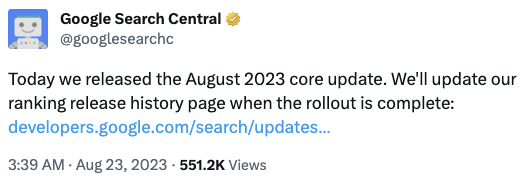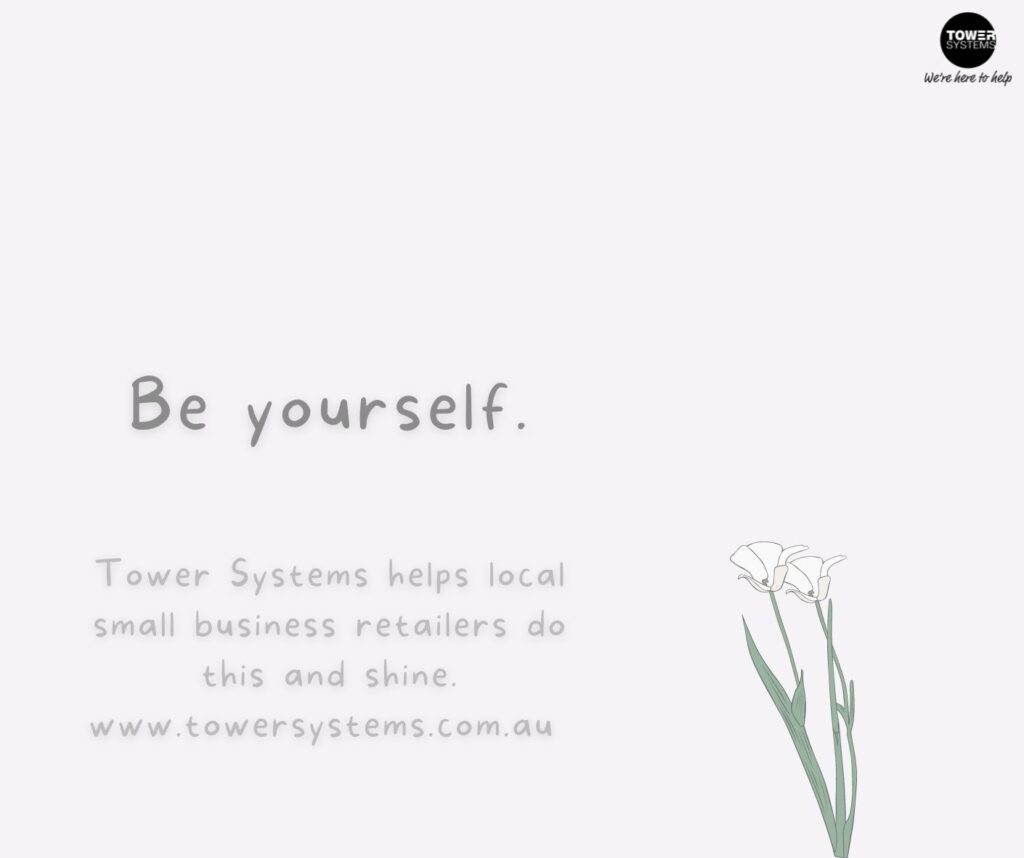Here are 5 valuable and easy to implement ways retailers use our Point of Sale software (POS software) to reduce labour costs in their local retail businesses:
- Sales counter workflow. Smooth. Easy. Smart. Accurate. Few keystrokes. Easy for even casual staff who are not in the business often. In our POS software it is smart, efficient, streamlined and labour cost saving.
- Match revenue and roster. Focussing on rostering to revenue and revenue opportunity is a challenge for small business retailers. Tools in the POS software from Tower Systems help indie retailers do this with ease and consistency. These are tools retailers love as they can drive revenue reduction and / or labour cost reduction.
- Smart stock control including reordering. By eliminating manual processes around placing orders for replenishment stock, retailers are able to, in one place and at one time, accurately create orders based on business performance data. By ordering based on business activity (sales) the business do working based on success rather than gut feel. A business switching to ordering from within their Point of sale system can expect to free up cash by reducing non-performing stock. This process is further improved through digitally engaged supplier relationships.
- Customer management including accounts and loyalty. Through computer-based customer accounts and loyalty management, the retail business is able to transact with customers accurately, in a timely manner and in a way which puts customers first. Generating monthly customer statements, for example, could take a few minutes whereas manual processes could take many hours and face challenges with accuracy.
- Fact assisted decision making. Too many retail businesses spend too much time spinning their wheels pursuing decisions because they are not using business facts to feed these decisions. All to often we see poor business decisions made based on emotion and or ignorance rather than historical business data. Replace the error prone and fact-less approach with a fact-based approach and a business will soon find that decisions are more right than wrong. Retail businesses can bank on the results.
These are just 5 of the ways in which our Point of Sale software helps 3,500+ small business retailers in Australian and New Zealand to improve the management of their businesses, streamline processes and drive more efficient allocation of labour resources.




Recent Comments